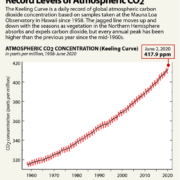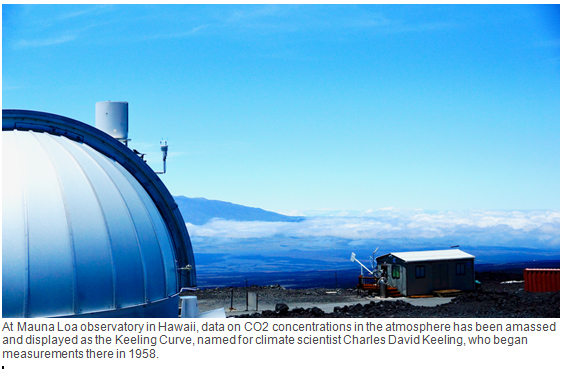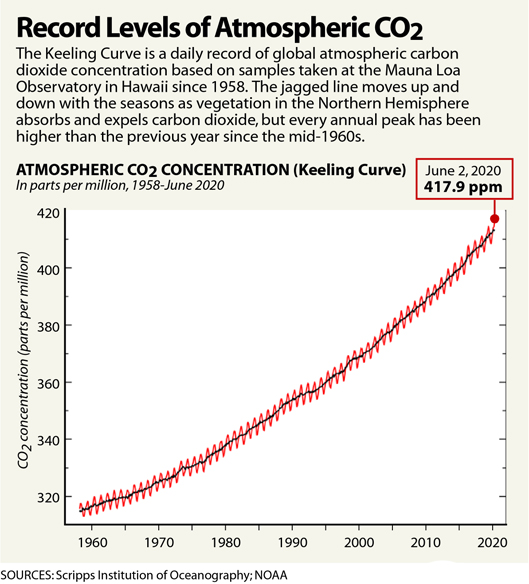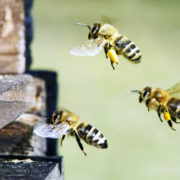Another Fossil Fuel Agent – this one is headed to the Supreme Court
Not a lot is known about Amy Coney Barrett’s views on climate change, but this exchange on day two of the Senate hearings was telling.
Senator John Kennedy (R-La.) questioned Barrett, trying to prove a point about Democratic objections to her confirmation: “My colleagues think you’re only qualified if you’re dumb, if you have a blank slate. If you’ve never thought about the world. Have you thought about the world?”
Barrett answered that indeed she had. 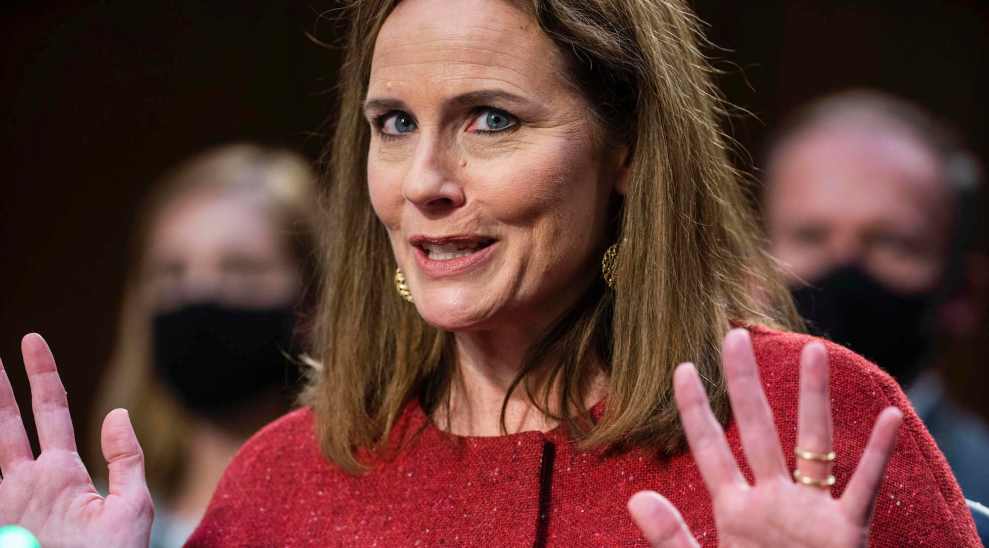 He asked her if she’d thought about social problems and economic problems.
He asked her if she’d thought about social problems and economic problems.
She answered yes to both.
“I’ve read about climate change,” she said. “I’m certainly not a scientist. I mean, I’ve read things on climate change. I would not say I have firm views on it.”
The use of a boilerplate phrase often trotted out by Republican lawmakers – who often default to insisting they are not scientists – raised eyebrows among those concerned about how the 48-year-old judge will rule on climate cases should she get a lifetime appointment. Kennedy certainly didn’t mean to make this point in his questioning, but the exchange made the point environmentalists’ have saying, that is, a 6-3 conservative majority on the court would be disastrous for combating the climate crisis.
But a Supreme Court appointment is for life.
A common understanding and joke both inside and outside the Wash. D.C. beltway is that the modern Republican party, aka the GOP, has long since left behind the Grand Old Party for the party of Gas Oil Pollution.
It’s a story of follow the money.
From decades of oily and contaminated dollars flowing into Republican Party and PAC coffers, bias Think Tanks, and even some Universities. Yes, the Democratic Party has its own history of oil & gas donors, but dark money from fossil fuel interests has been a trickle compared to the gusher of dollars spilling over onto Republican candidates and office holders.
Then along comes Donald Trump, TV personality, self-proclaimed genius, and other labels which apply – most recently, President of the United States, now seeking to remake the world in his image, and very happy to follow the money, so long as it flows his way.
From day one when Trump took office, he brought with him to the White House, Rex Tillerson, as his Secretary of State. Tillerson was the former CEO of Exxon, a global oil and gas leader in exploration, production, and class A polluter (including two of the nation’s most disastrous oil spills in history; Alaska and the Gulf).
Tillerson was also a high profile climate science denier, and likely the primary enabler of Trump’s campaign promise to immediately exit the global (197 country agreement addressing global warming) Paris Climate Accord. The Accord was clearly a threat to big oil profits and in the crosshairs of Tillerson and all other fossil fuel-vested interests. Sure enough, the one campaign promise Trump prioritized ahead of all others: exit the Paris Climate Accord on day one happened without delay or a lot of forethought, and as they say, the rest is history.
Among 20 of the most powerful people in government environment jobs, most have ties to the fossil fuel industry or have fought against the regulations they now are supposed to enforce.
Under the Trump administration, the people appointed to those positions overwhelmingly used to work in the fossil fuel, chemical and agriculture industries. During their time in government they have been responsible for loosening or undoing nearly 100 environmental protections from pollution and pesticides, as well as weakening preservations of natural resources and efforts to curb planet-warming greenhouse gas emissions.
At least four have direct ties to organizations led by Charles G. and the late David H. Koch, who have spent hundreds of millions of dollars to defeat climate change and clean energy measures.
Trump Appointed Key Cabinet and Agency Positions Controlled by Fossil Fuel Money Interests:
- Andrew R. Wheeler, Head of the E.P.A. — Former fossil fuel lobbyist. Now in charge of regulating, and dismantling industry regulation.
- David Bernhardt, Head of the Department of the Interior — Former lobbyist for oil, gas and farming interests. Now oversees all federal land and natural resource use.
- Dan Brouillette, Head of the Department of Energy — Former lobbyist for the insurance and automotive industries. In addition to overseeing the country’s nuclear arsenal, the Energy Department helps to develop energy from fossil fuels as well as renewables like wind, solar and geothermal power. Under the Trump administration it has rolled back energy efficiency measures for appliances, and fought to bring back 100 year old power-hungry incandescent light bulbs, and promotes in policy actions coal and liquified natural gas ahead of renewable energy.
- Daniel Simmons, Assistant Head of Energy Efficiency and Renewable Energy at DOE. Mr. Simmons was vice president for policy at the Institute for Energy Research, which is funded by fossil fuel interests, including Koch Industries. He held the same position at the group’s advocacy arm, the American Energy Alliance, which once called for the elimination of the office of energy efficiency and renewable energy.
- Paul Ray, Head of Office of Information and Regulatory Affairs. Former corporate attorney who represented Exxon and other companies that fought environmental regulations. Now he runs the agency that oversees every regulation. As a corporate attorney, Ray previous clients included chemical, oil and gas, and pharmaceutical companies as well as the paper and wood industry. He is responsible for every major regulation that the Trump administration proposes, and is responsible for carrying out Mr. Trump’s executive order directing agencies to repeal two regulations for each significant one they issue.
Today’s Federal Climate Response: throw taxpayer dollars at cleaning up the damage; ignore the cause and effect linkage
But that’s an untenable long-term strategy. Climate change threatens to make wildfires, hurricanes, floods and other disasters more destructive, putting ever more people at risk.
The Trump administration is hobbled by its unwillingness to explicitly recognize the climate threat. In 2017, Mr. Trump rescinded a policy that required agencies to consider sea-level rise when building infrastructure. In 2018, FEMAstripped the words “climate change” from its strategic plan.
Mr. Biden has called for more sweeping adaptation measures, proposing, for instance, that all new federal funding to rebuild roads, bridges or water infrastructure must consider climate change.



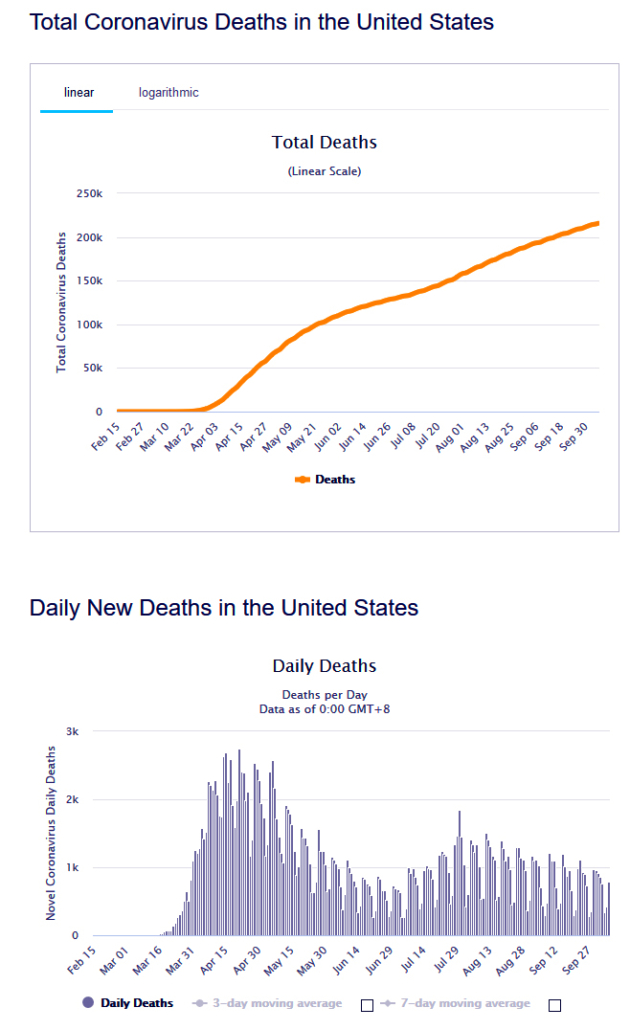

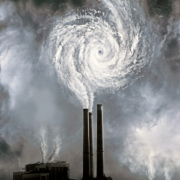
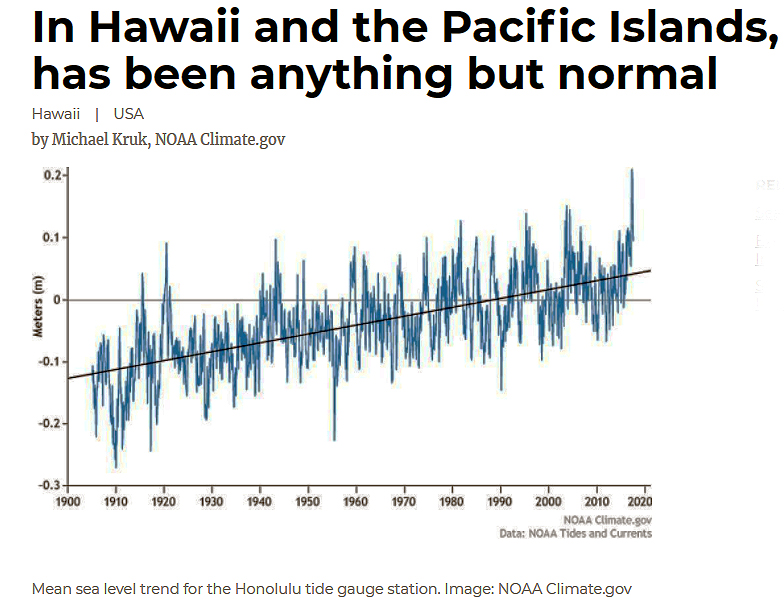
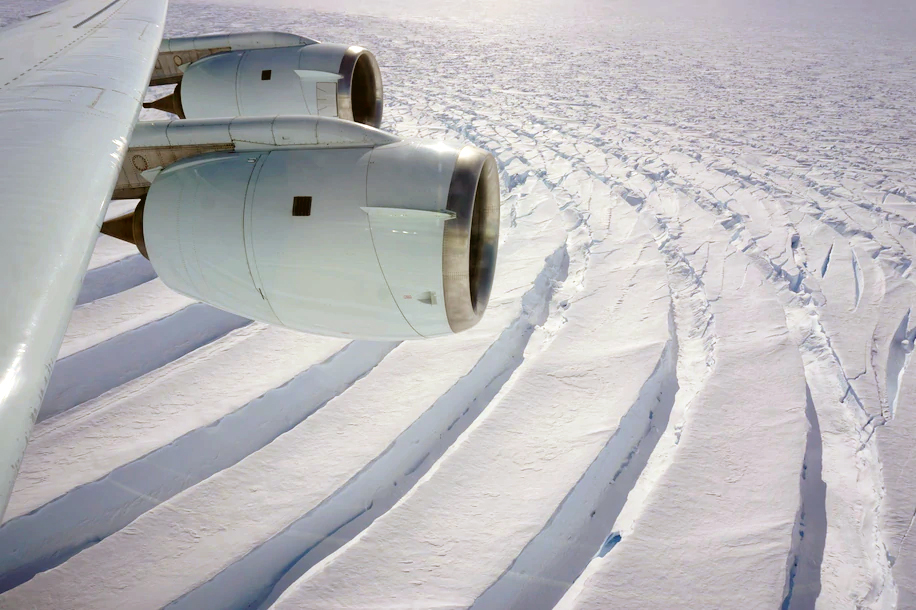
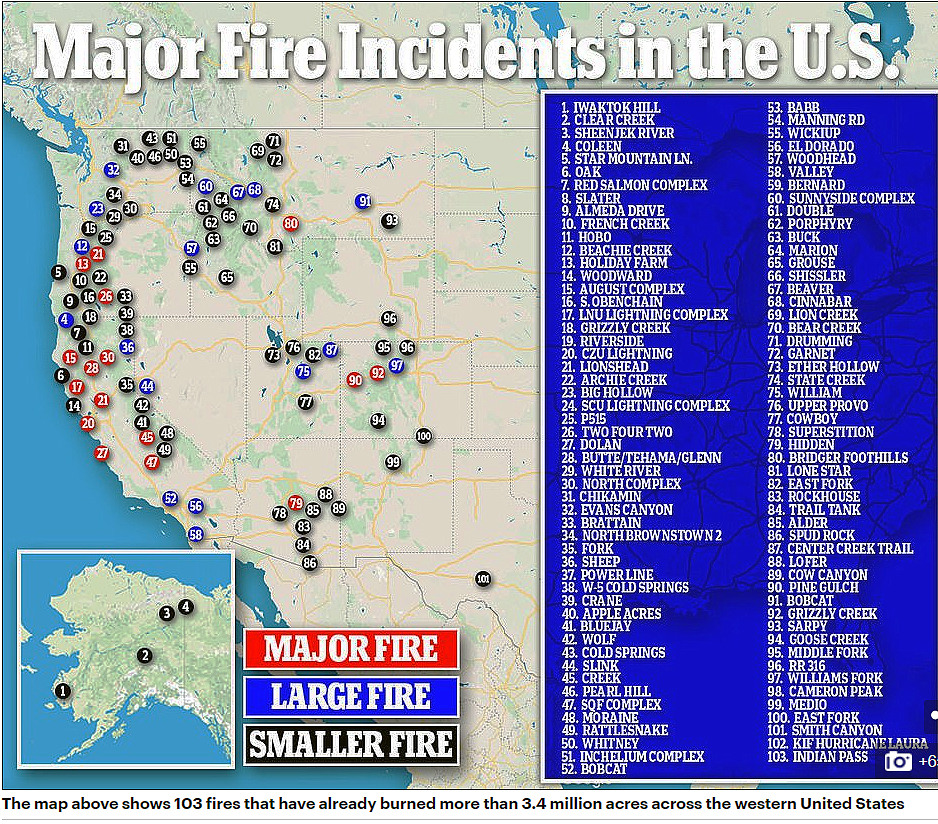

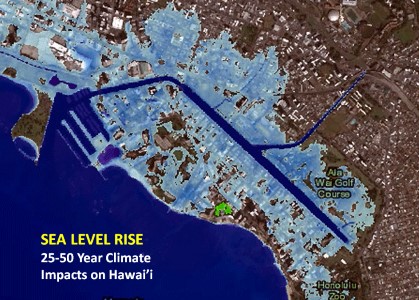 The sea level anomalies recorded in Honolulu during May-August have been the highest ever, with observed values of 20 centimeters (8 inches) above normal in April, +17 centimeters (6.7 inches) during May, +9 centimeters (3.5 inches) in both June and July, and +10 centimeters (4 inches) in August. Data from the Honolulu tide gauge shows the increasing trend in sea-level since 1905, with the recent events in 2017 above all others.
The sea level anomalies recorded in Honolulu during May-August have been the highest ever, with observed values of 20 centimeters (8 inches) above normal in April, +17 centimeters (6.7 inches) during May, +9 centimeters (3.5 inches) in both June and July, and +10 centimeters (4 inches) in August. Data from the Honolulu tide gauge shows the increasing trend in sea-level since 1905, with the recent events in 2017 above all others.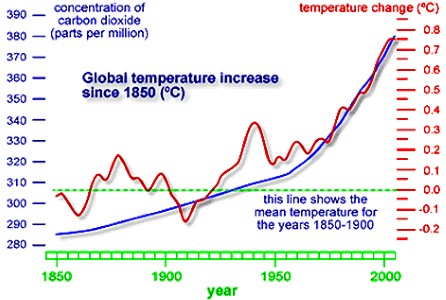 Global warming has amplified the intensity, duration and frequency of extreme heat and heat waves. The National Academy of Sciences
Global warming has amplified the intensity, duration and frequency of extreme heat and heat waves. The National Academy of Sciences 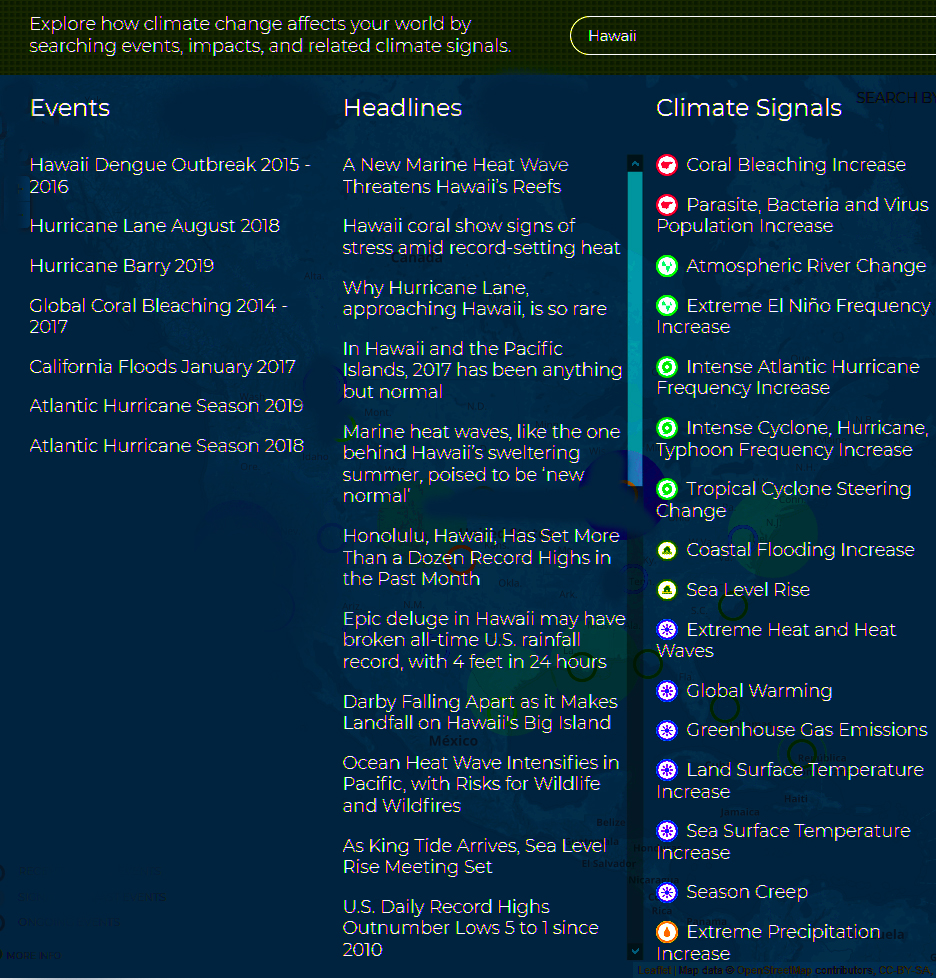
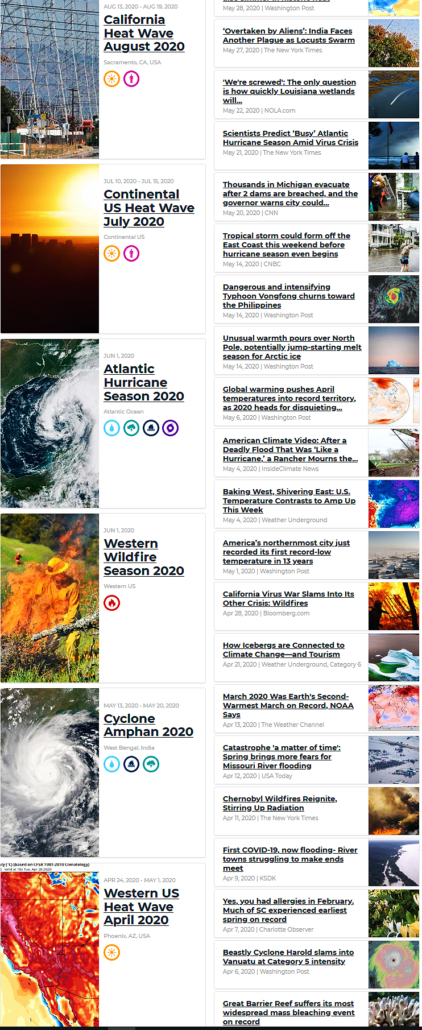
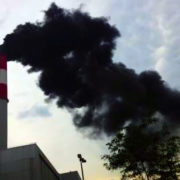
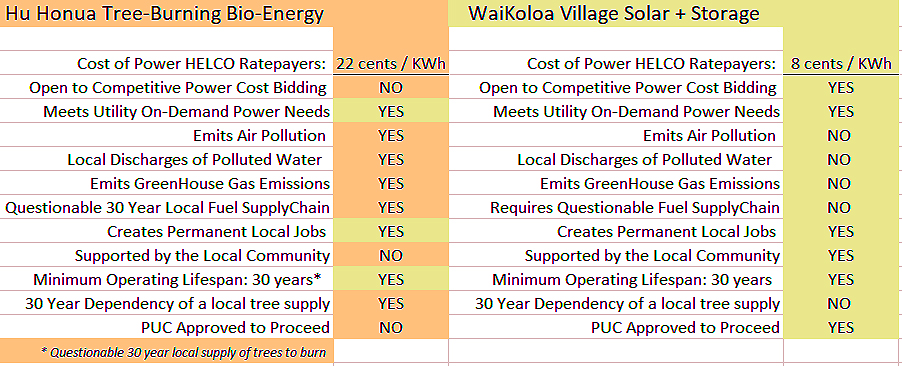
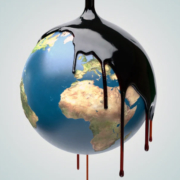
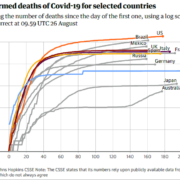
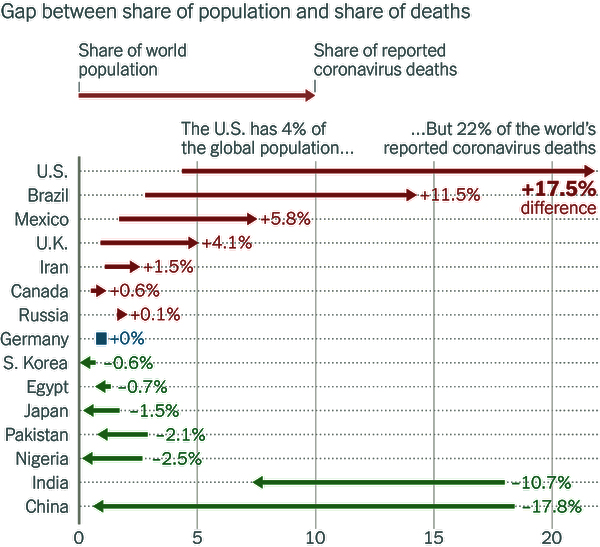
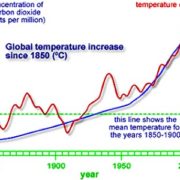
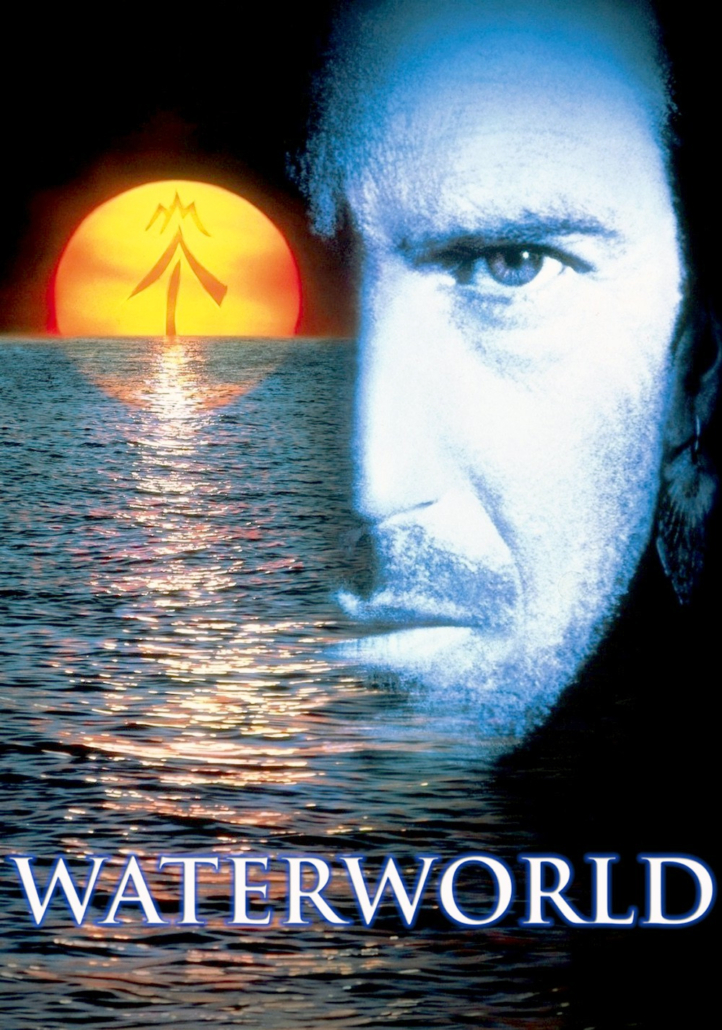
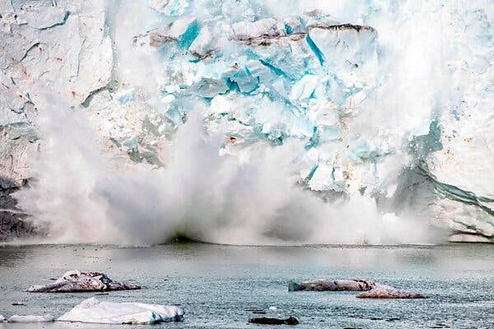 In Greenland, ice loss results from runoff of surface meltwater and from discharge of ice from glaciers that serve as outlets for the ice sheet, connecting it to the ocean. Accumulation results from snowfall that, compressed over years, eventually becomes ice. When runoff and discharge exceed accumulation, the result is net loss.
In Greenland, ice loss results from runoff of surface meltwater and from discharge of ice from glaciers that serve as outlets for the ice sheet, connecting it to the ocean. Accumulation results from snowfall that, compressed over years, eventually becomes ice. When runoff and discharge exceed accumulation, the result is net loss.